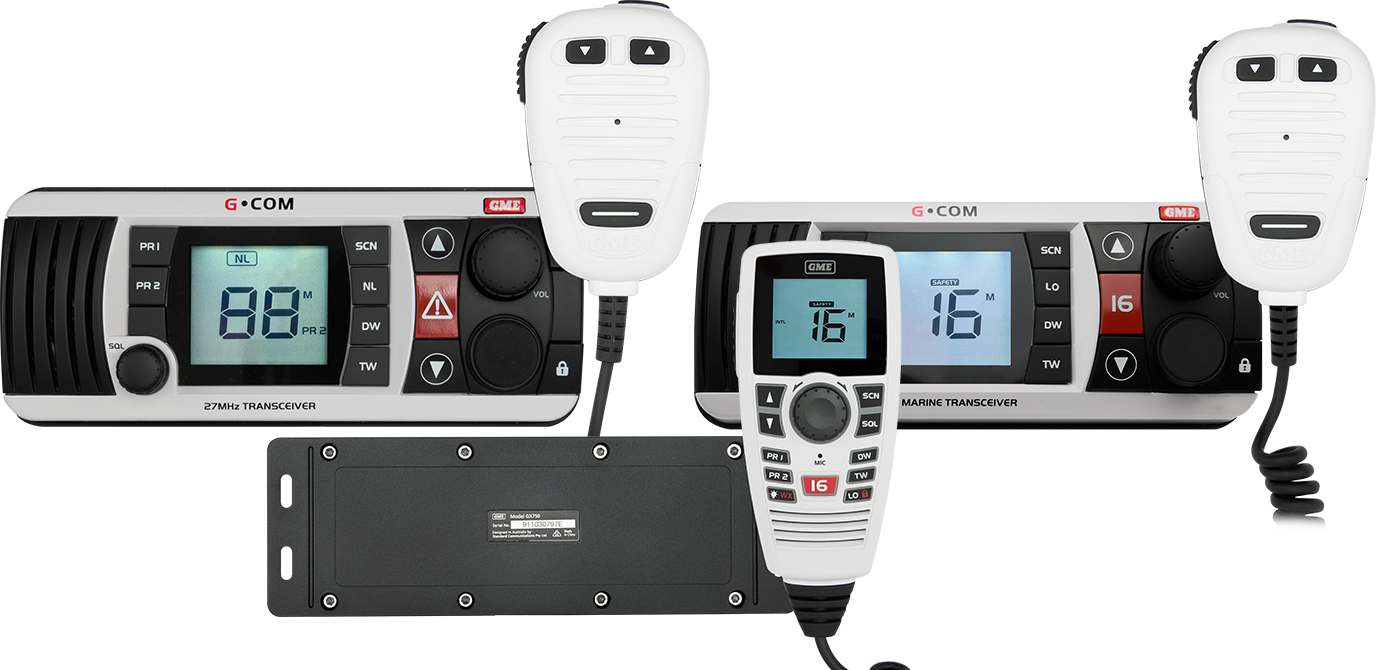When heading out on the water it is important to make sure you have the right tools to keep you safe should you run into any trouble. An important device to have on your vessel is a marine radio. So, what is a marine radio and why do you need it?
A marine radio is a small two-way radio that is the best form of communication between a vessel and authorities/other vessels. A radio allows the user to communicate with those nearby or gain valuable assistance in the case of an emergency.
In Australia marine radios operate on two main frequencies, 27Mhz and VHF. So, what is the difference between a 27Mhz radio and VHF radio? And which model is right for you?
27Mhz:
27Mhz is the entry level option of the two and does not require a qualification to operate. It is effective for communication of approximately 10-15 nautical miles or as a rule of thumb it is generally limited to line of sight. These are a great option to have but with the growing popularity of VHF radios it may be worth considering an alternate technology.

